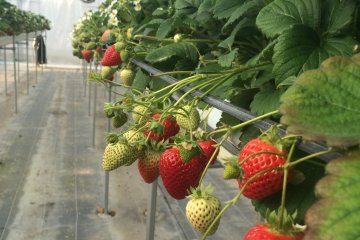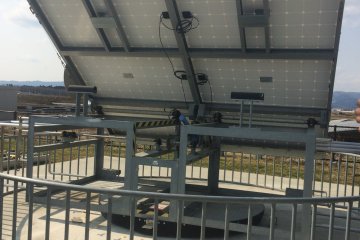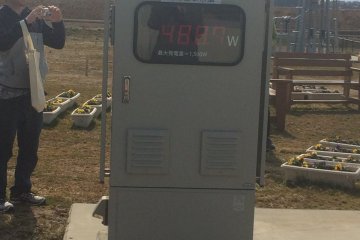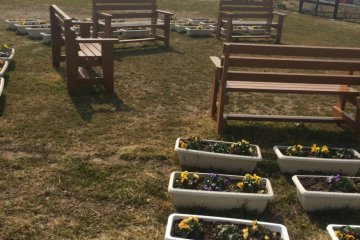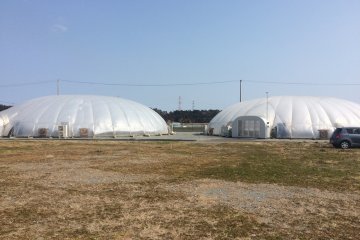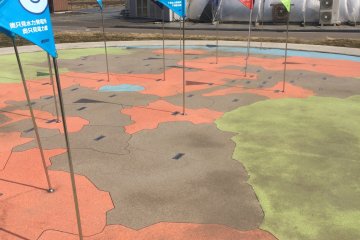Almost five years ago today, on March 11, 2011, a large earthquake caused a tsunami that swept through the towns up and down the coast, destroying everything in its path. The location of the Solar Agripark is one of those places where five houses once stood before the disaster struck.
The Solar Agripark in Minami Soma, which is located in Fukushima Prefecture, is a beacon of hope for a future that uses renewable energy. On March 11, Japan faced another crisis on top of the earthquake and tsunami - leaked radiation at a nuclear plant that forced tens thousands of people to evacuate. Many of those people are still displaced from their homes today. The Solar Agripark was established to teach children how solar power works and how they can create a better future.
I visited the Solar Agripark with a group of coworkers for a study tour merely two weeks before the fifth anniversary of the disaster in 2011. For 500 yen per person, you can also learn about solar power and get hands-on experience on how it works and how it compares to other forms of energy. Please note that the tour was guided in Japanese. It was hard to believe that this expansive land overgrown with plants and shrubs had once been the foundation of houses. A row of benches and planters of flowers in the center were placed in memory for those who were swept away by the powerful tsunami.
When we arrived, a group of high school students were in one of the two portable classrooms, learning about solar power. Our tour guide showed us a large solar panel that we could freely turn in all directions so we could see for ourselves on a panel how much solar energy was being produced.
Next, he took us to a large structure nearby, where water rotated a watermill and produced energy. We were able to try our hand at turning the wheel. Then we tried pumping the water and releasing it onto the mill so we could compare which method was more efficient. Next to the the structure were bottles of murky brown liquid. Our guide explained to us that it was biogas that had been produced using discarded waste.
We also learned about the solar panels that now stood where homes had once been five years ago. The energy produced from the solar panels were sold to help keep the Solar Agripark functioning. They also offer a concrete example of how solar energy can be used. With vegetables grown in greenhouses powered by solar energy and using bacon that had been cooked using solar energy produced on the property, children can make their own sandwiches.
It was a very unique opportunity, and was really encouraging for me to see the community working toward renewable energy and actively teaching future generations about it, especially in the wake of a terrible disaster brought on by the nuclear power plant nearby.



